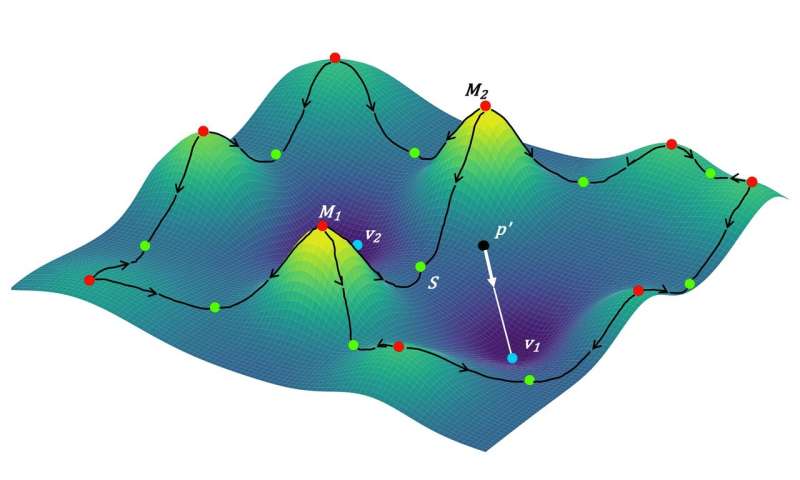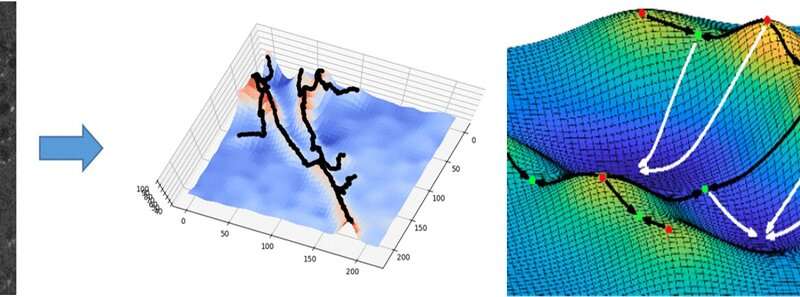Table of Contents

CSHL (Cold Spring Harbor Laboratory) researchers have managed to teach computers how to recognize neural pathways through images taken through a microscope. Having a computer learn makes this task much easier compared to programmatic computing. This method lets researchers understand and see parts of the brain much more effectively than conventional computing. CSHL is working to improve the efficiency of automated neuron tracing. It also helps find the connections between neurons.
Putting it all together
Maps of neural connections are very important for understanding just how the brain processes information. Thoughts and behaviors, and their cause, can then be deciphered. Humans have recently expanded their capacity and imaging technologies. That, along with the ability to store data easily, has brought us to a point where we have a ton amount of data to draw from. The problem, however, is that there simply aren’t enough people to go through all that information. Even if that was not the case, a human simply doesn’t have the ability to understand neural pathways as well as a machine. Partha Mitra leads the team responsible for the breakthrough. They submitted their findings to the scientific journal ‘Nature Machine Intelligence’.
I think of this project as building a virtual neuroanatomist. And the reason we need it is that the work that we’re doing has traditionally been done by expert humans who require, of course, decades of training. They have a tremendous amount of knowledge about neural pathways. They have looked at—I don’t know—hundreds of thousands of images. They understand the context. And they can offer expert judgment and interpretation.
Professor Partha Mitra
Efficiency is increase through automation
So, we have to automate. There are, however, some areas in which humans still have an edge over computers. We are great at interpreting data visually. but we are only just getting our machines to be able to do that on a basic level. Where an expert human can quickly decipher as as an individual neuron, that’s not so obvious to a machine. We can fix that, though, if we give the computers what those experts got. Training.

Modern machine learning techniques . . . are still not good enough. And what’s missing is that they often don’t have some of the prior knowledge or information that we as humans would have in making these judgments about neural pathways, so we need to build in some kind of prior information.
Professor Partha Mitra
Math is key to understanding neural pathways
The team did this by using a type of mathematics. It’s a certain type of math called topological data analysis. TDA is a novel approach analyzing data based on it’s topology. It helps to visualize 3-D spaces The topology is sometimes referred to as ‘rubber sheet geometry’ which places emphasis on connections. In contrast, conventional geometry relies on precise angles and measurements. The team of researchers employed a simplified mathematical description of a neuron’s shape. Brain cells vary widely in shape. Show a computer how neurons typically connect is key. After that, it’s possible to significantly improved the software’s axon detection abilities.
Automated image analysis will still require a human proofreader for the foreseeable future, to ensure quality in scientific applications—but by enhancing the computer’s accuracy, this new method significantly reduces the work that must be done by an expert to trace neural pathways.
Professor Partha Mitra
Because they received a grant from the National Institutes of Health, the team will be able to develop their AI data analysis system further. These tools are seriously important for the U.S. Brain Initiative. Professor Mitra is very hopeful that this technique will unravel some of the mysteries surrounding how the brain works.
Related post: Elon Musk unveils the second version of the Neuralink Installation robot

